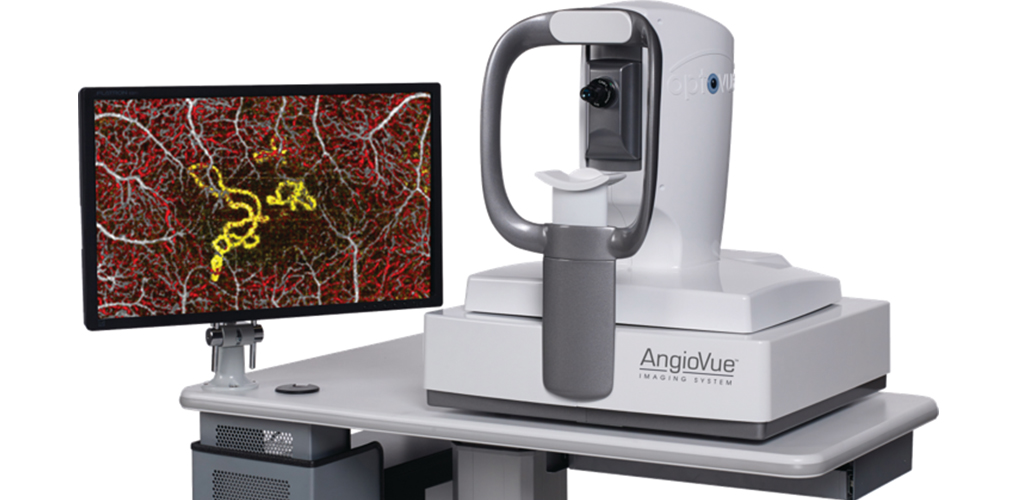
Lensed fibers, fiber optics, and lasers are all essential components in Optical Coherence Tomography (OCT), a non-invasive imaging technique used to obtain high-resolution cross-sectional images of tissue structures.
Lensed fibers are used in OCT to efficiently deliver and collect light to and from the sample. The lensed end of the fiber ensures precise focusing of the light onto the tissue, maximizing the signal strength and image quality. Lensed fibers enable improved spatial resolution and depth penetration in OCT imaging.
Fiber optics play a crucial role in OCT by guiding the light from the source to the sample and back to the detector. Fiber optics provide flexibility and allow for the delivery of light to the target tissue through small probes or catheters. They ensure efficient light transmission and minimize signal loss, enabling high-quality imaging even in challenging anatomical locations.
Lasers are the primary light sources in OCT, providing coherent and high-intensity light. Lasers with specific wavelengths, typically in the near-infrared range, are used in OCT because NIR light experiences minimal scattering in biological tissues, allowing for deeper penetration. The narrow linewidth of lasers ensures the coherence of the light, enabling the interference-based imaging principle of OCT.
In OCT, the laser light is split into two beams: one is directed towards the tissue, and the other serves as a reference beam. The reflected light from the tissue interferes with the reference beam, generating an interference signal. By measuring the intensity and phase of the interference signal, a depth-resolved image of the tissue can be reconstructed.
The characteristics of the laser, such as stability, output power, and wavelength, are critical for OCT system performance. Stable laser output ensures consistent imaging results, while sufficient power is necessary to obtain strong signal intensity for high-quality images. The choice of laser wavelength depends on the specific application and the desired tissue penetration depth.
In summary, lensed fibers, fiber optics, and lasers are integral components in Optical Coherence Tomography. They enable precise light delivery, efficient signal detection, and high-resolution imaging. The application of these technologies has revolutionized medical imaging, allowing for non-invasive visualization of tissue structures and aiding in the diagnosis and monitoring of various diseases in fields such as ophthalmology, dermatology, and cardiology.
 Call us on:
Call us on:  Email Us:
Email Us:  2F, BLDG 6, #168, Changshan IZ, Liulian, Pingdi, Longgang District, Shenzhen, China
2F, BLDG 6, #168, Changshan IZ, Liulian, Pingdi, Longgang District, Shenzhen, China